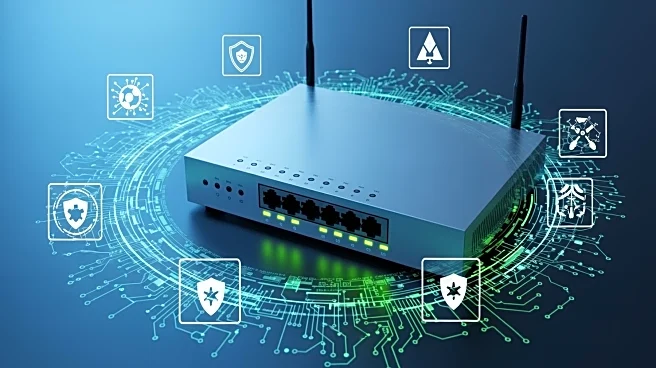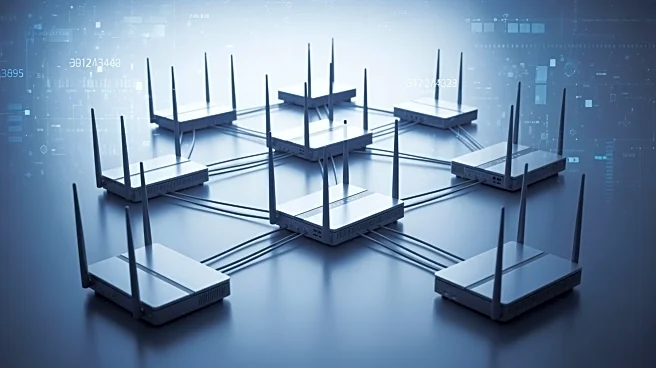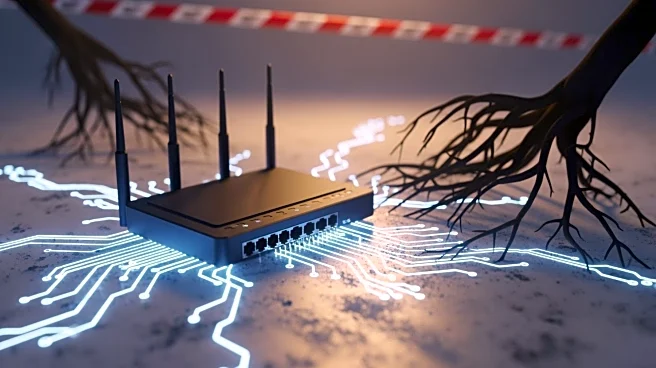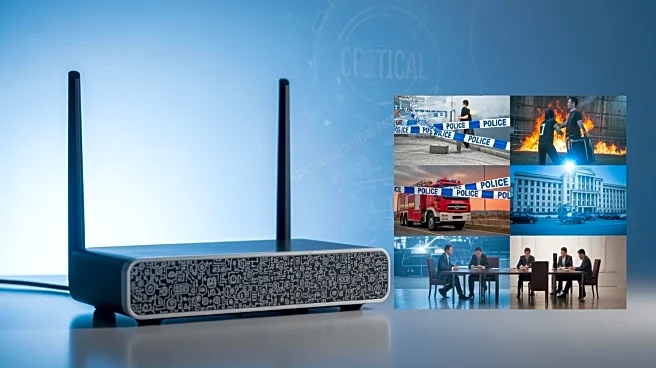What's Happening?
A new cybersecurity threat has emerged targeting Cisco routers, including the 9400, 9300, and legacy 3750G series. The campaign, known as Operation ZeroDisco, exploits vulnerabilities such as CVE-2025-20352
and a modified exploit for CVE-2017-3881. This operation deploys Linux rootkits to gain persistent unauthorized access and evade detection. The rootkits allow remote command execution and conceal configuration changes, posing a significant risk to network security. Cisco has provided forensic support to confirm affected models and assist in the investigation. Device owners are advised to install Cisco patches, harden or disable SNMP, and restrict management access to mitigate risks.
Why It's Important?
The exploitation of Cisco's SNMP flaw highlights the vulnerabilities in older network systems, particularly those lacking endpoint detection response solutions. This poses a significant threat to industries relying on Cisco's network infrastructure, potentially leading to unauthorized access and data breaches. The campaign's ability to evade detection and persist in systems underscores the need for robust cybersecurity measures. Organizations using affected Cisco devices must act swiftly to apply patches and strengthen security protocols to prevent potential compromises and protect sensitive data.
What's Next?
Organizations are expected to follow Cisco's guidance to mitigate the risks associated with this campaign. This includes installing patches, disabling SNMP where not required, and restricting management access. Cisco's ongoing investigation and collaboration with cybersecurity firms aim to develop more comprehensive detection and prevention strategies. As the threat landscape evolves, companies must remain vigilant and proactive in updating their security measures to safeguard against similar attacks in the future.
Beyond the Headlines
The campaign's focus on older Linux systems without endpoint detection highlights the importance of updating legacy systems and implementing modern security solutions. This incident may prompt a broader industry shift towards more secure network architectures and increased investment in cybersecurity technologies. The ethical implications of exploiting vulnerabilities for unauthorized access raise concerns about the responsibility of manufacturers and users in maintaining secure systems.











